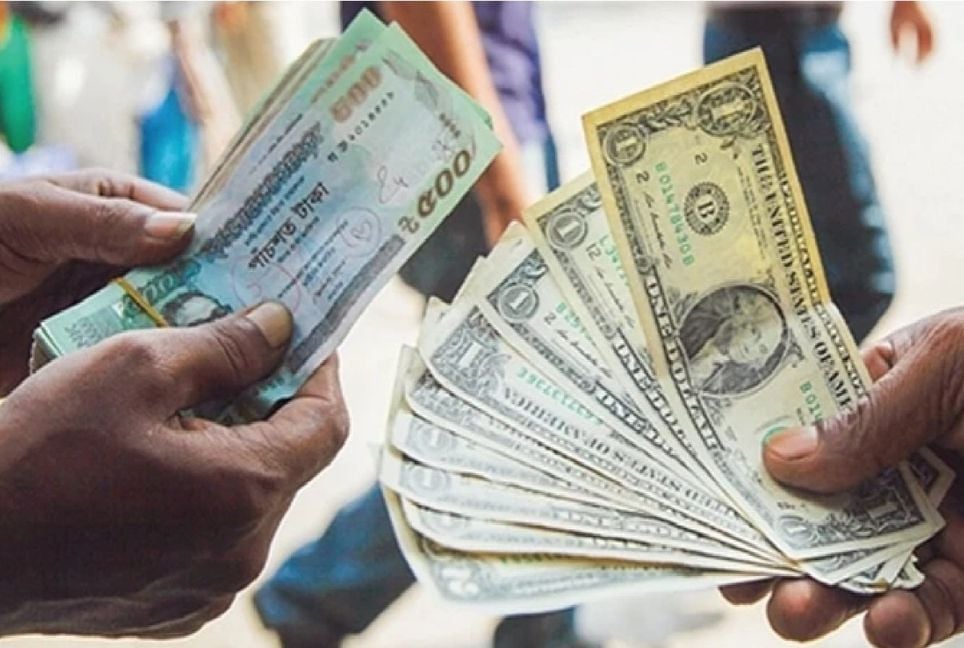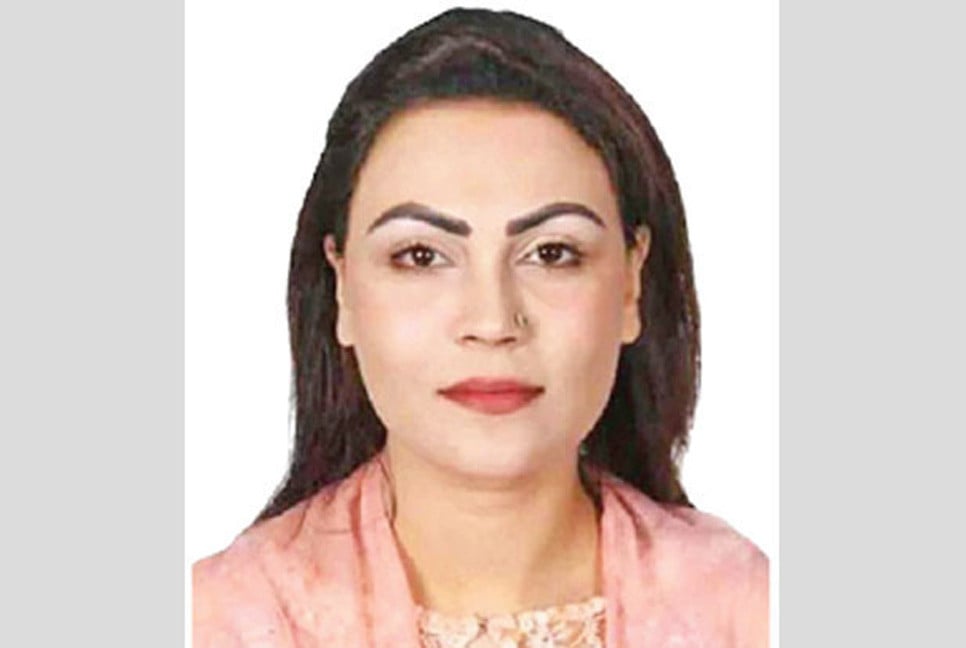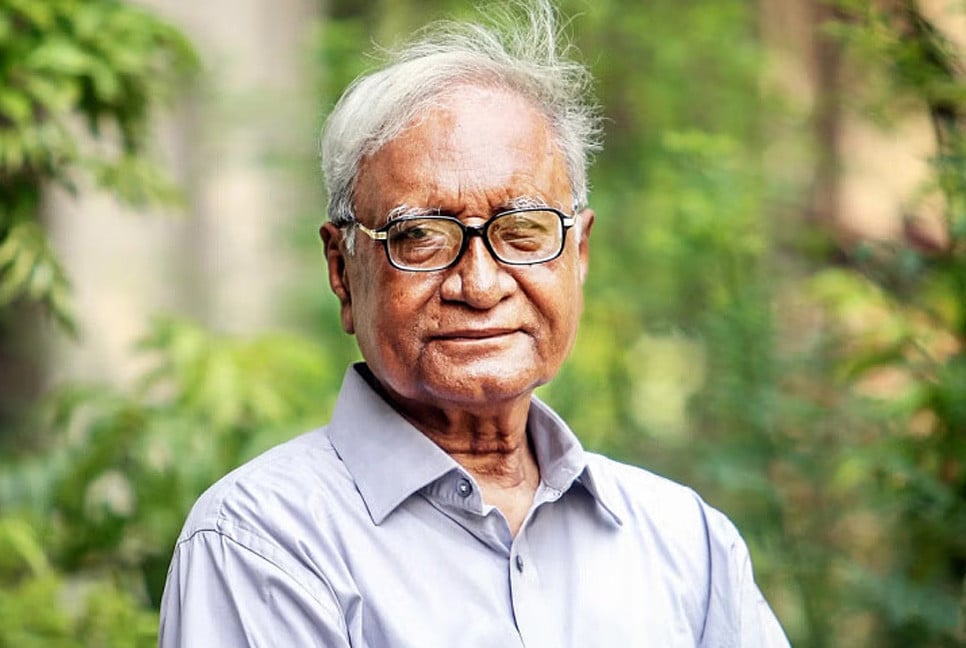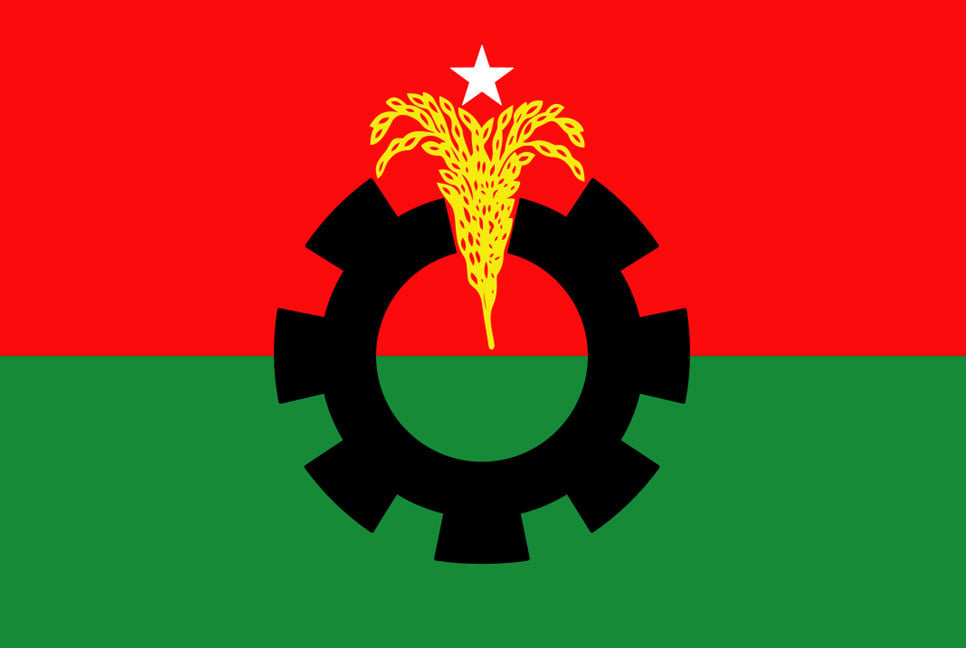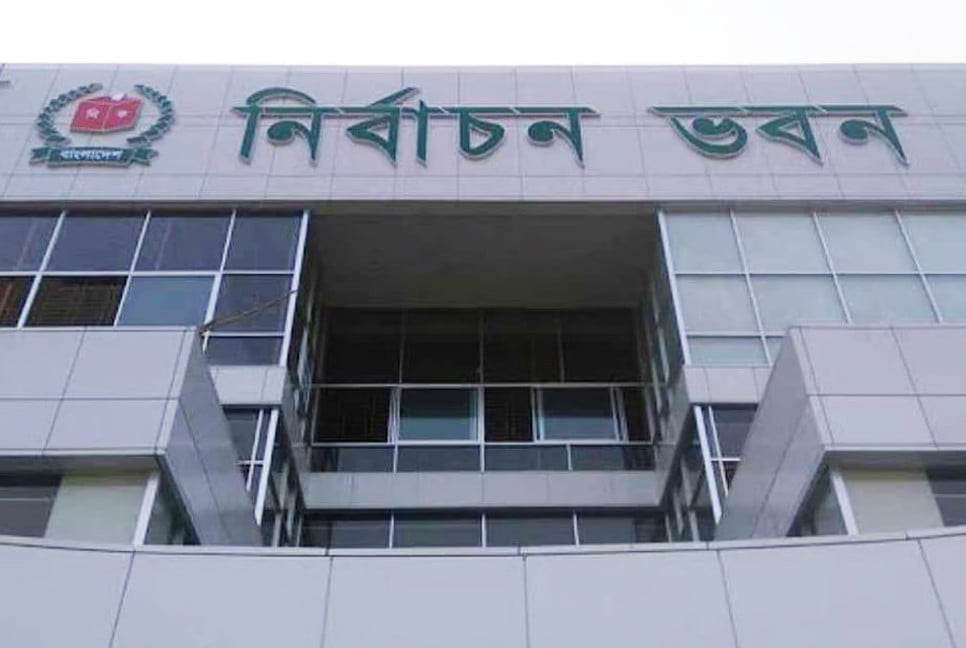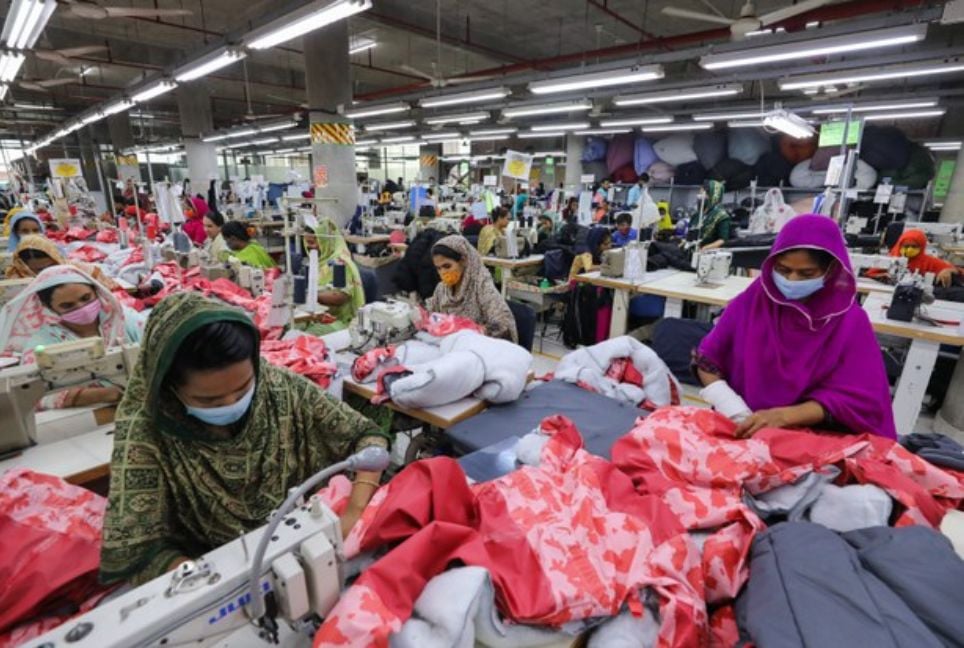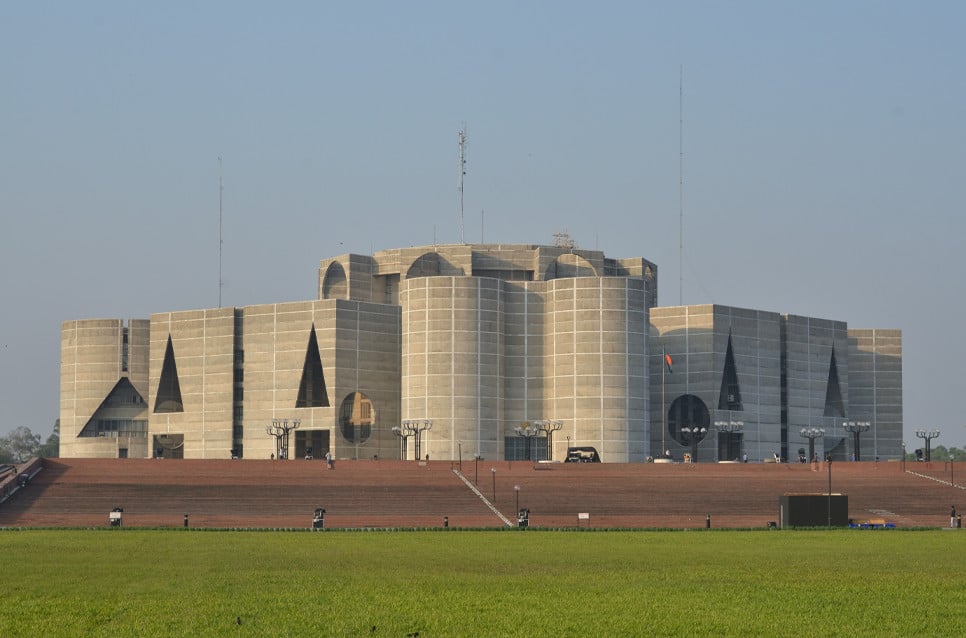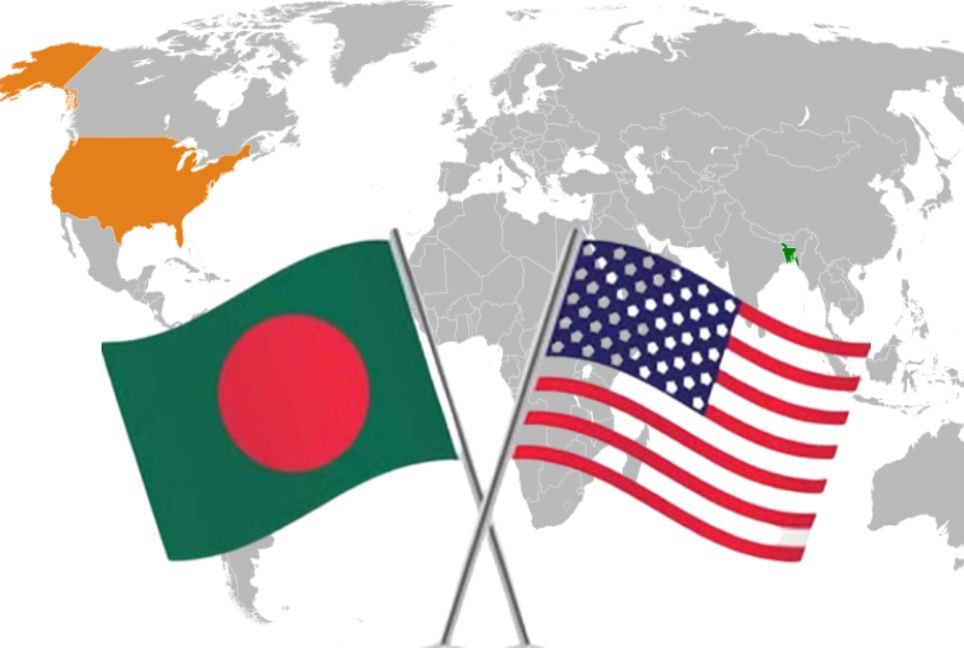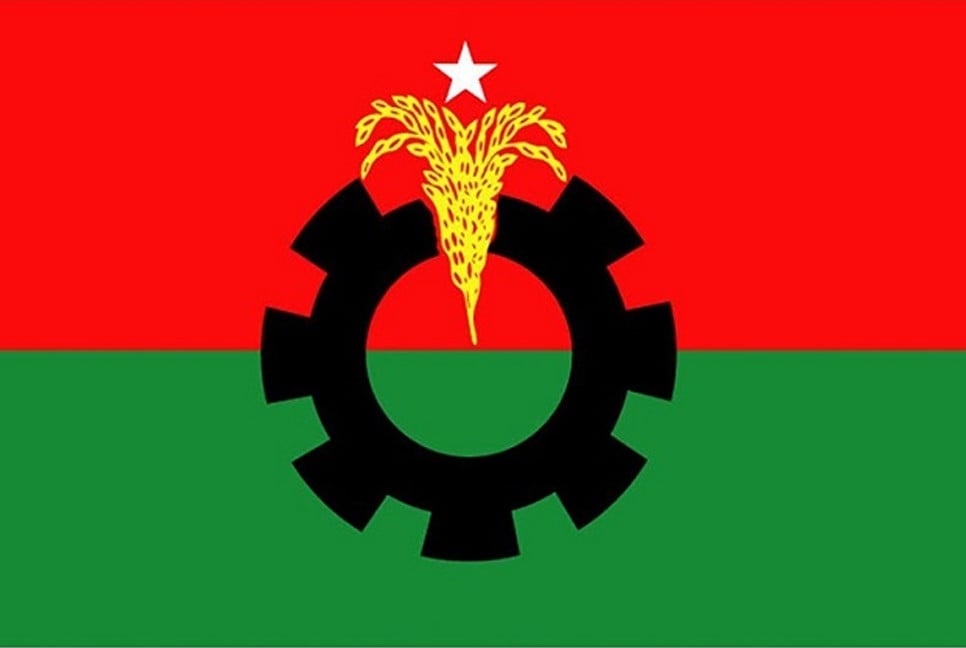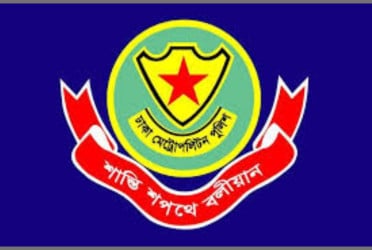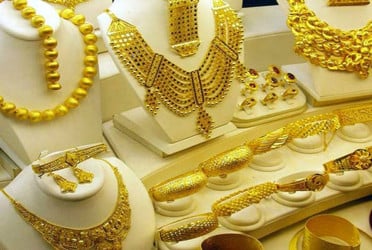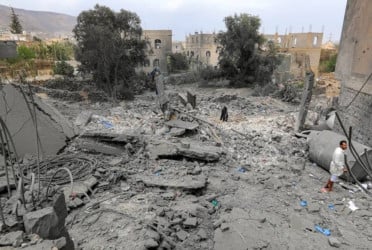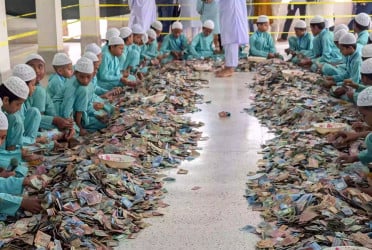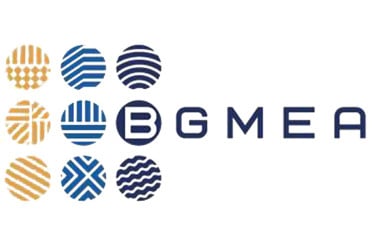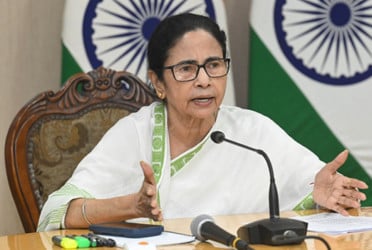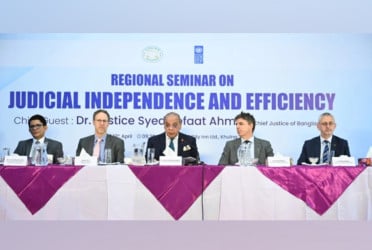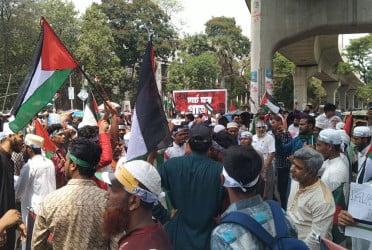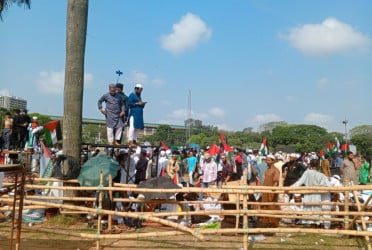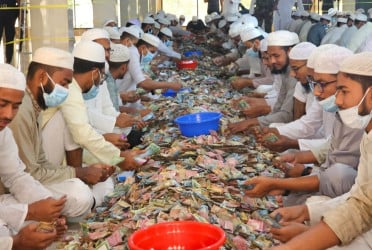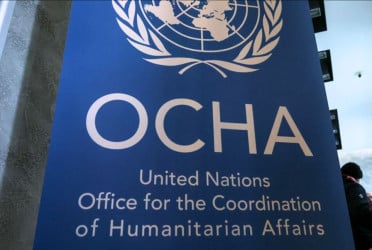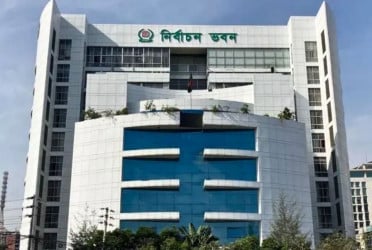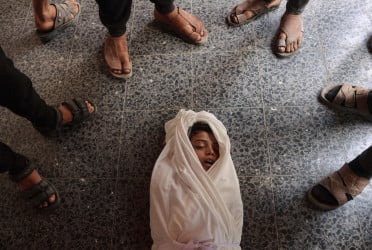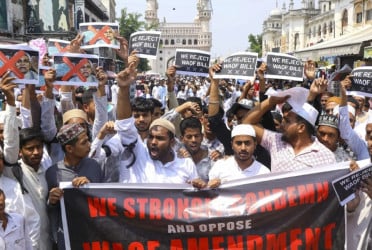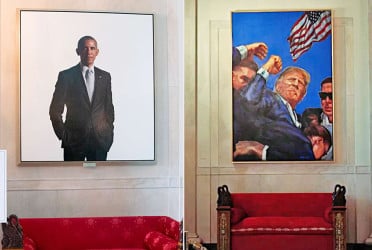Bangladesh's dollar market has brought some relief with sufficient reserves. There is no significant dollar shortage in the foreign currency market at present.
The demand for the greenback also mounted. Over the past two months, the number of Letters of Credit (LCs) increased, and dollar supply went up to meet this demand. In March alone, the country received around $3.5 billion in remittances. Although this has eased the shortage, dollar prices have not dropped – instead, they have increased slightly.
Despite higher supply, dollars are still being sold at inflated rates. Importers are paying more than usual to open LCs. On the kerb market, dollars are not available for less than Tk 125 to Tk 126.
The interbank exchange rate for the dollar is currently at Tk 122. However, no money exchange institution is selling dollars at this official rate.
A visit to currency exchanges in Motijheel revealed dollars selling no lower than Tk 126. In the kerb market, banks were charging Tk 125 to Tk 126, up from Tk 124 to Tk 125 in January.
Many banks had no dollar reserves in January and had to buy dollars from the central bank to meet their expenses. Now, traders too have to pay higher rates to open LCs. No transactions appear to be taking place at the central bank’s officially prescribed rate.
Bank officials say that due to uncertainty, many expatriates and exporters opted to hold on to their dollars. Rumours circulated that the dollar rate could rise to Tk 150. To prevent this potential crisis, the central bank allowed foreign currency accounts to be opened in the names of remittance recipients since December, offering interest rates of over 7 per cent to 9 per cent.
The central bank also promoted the inflow of foreign currency through offshore banking units, along with boosting reserves through various means. Several steps were also taken to curb money laundering. All of this contributed to an improving situation. However, the greenback market remained unstable, and prices continued to edge upward every month.
City Bank Managing Director Mashrur Arefin noted that the inflow of dollars increased on the occasion of Eid and demand is currently high among banks. “We are buying dollars at rates between Tk 122.80 and Tk 123,” he said.
“That is a good rate, and as a result, the supply is increasing. The market is transparent because the price is being determined by supply and demand,” he added.
According to Bangladesh Bank sources, nearly $3.29 billion was sent by expatriates in March, which is around Tk 45,000 crore in local currency. That averages to about $120 million per day. The previous month also saw a large volume of remittances.
In the first eight months of the current 2024-25 fiscal year, total remittance stood at $18.49 billion, compared to $14.94 billion during the same period last fiscal year. This marks an increase of $3.55 billion year-on-year.
Consequently, dollar reserves in banks have soared. Just a few months ago, many banks were unable to open LCs due to a shortage of dollars, forcing businesses to turn to the kerb market or abandon their plans altogether. The circumstances have now shifted.
Remittance inflows also helped stabilise the central bank’s reserves. According to the Bangladesh Bank executive director on Sunday, the reserves now stand at $25.26 billion. In recent months, reserves had been fluctuating between $19 and $20 billion – $19 billion in January, and $20 billion in February.
Translated & edited by Fariha Nowshin Chinika

